The foldable smartphone market is still in its relative infancy, but the competition is heating up. With players like Samsung, Huawei, and even OnePlus throwing their hats into the ring with increasingly impressive devices, the pressure is on Google to deliver a compelling successor to its Pixel Fold. However, early whispers and speculative analysis suggest that the upcoming Pixel 10 Pro Fold might not be the revolutionary leap some enthusiasts were hoping for, potentially focusing on internal upgrades rather than a significant design overhaul or groundbreaking new features.
Could Google be adopting a more iterative approach this time around? While a “spec bump” – an upgrade primarily focused on internal components like the processor, RAM, and storage – certainly offers improvements in performance and efficiency, it might not be enough to capture the attention of consumers looking for a truly next-generation foldable experience.
Let’s delve into what the rumor mill is suggesting and analyze why this approach could leave some Pixel fans feeling a tad underwhelmed.
The Expected Internal Enhancements: A Necessary But Perhaps Not Thrilling Upgrade
Sources familiar with Google’s development plans indicate that the Pixel 10 Pro Fold will likely feature the next iteration of Google’s custom Tensor processor. This upgrade is almost a given, as it aligns with Google’s annual refresh cycle for its Pixel devices. A newer Tensor chip would bring performance gains, improved machine learning capabilities for features like photography and voice recognition, and potentially better power efficiency, translating to longer battery life.
Alongside the new processor, we can anticipate an increase in RAM and storage options. While the current Pixel Fold offers a respectable amount of memory and storage, the demands of multitasking and running increasingly complex applications mean that more is always welcome, especially on a device designed for productivity.
Furthermore, display technology often sees incremental improvements year over year. The Pixel 10 Pro Fold could feature brighter displays with slightly better color accuracy or potentially a higher refresh rate for smoother scrolling and animations. These are all welcome advancements, but they might not be the headline-grabbing features that entice users to upgrade.
Where Are the Big Changes? Design and Features Under Scrutiny
The original Pixel Fold was praised for its unique design, particularly its wider aspect ratio when unfolded, making it feel more like a small tablet compared to some of its taller, narrower competitors. However, it also faced criticism for its relatively thick bezels and the crease in the inner display, which, while less noticeable than on some other foldables, was still present.
Many were hoping that the Pixel 10 Pro Fold would address these design elements with a more refined look. Perhaps thinner bezels to maximize screen real estate, or advancements in display technology to further minimize the visibility of the crease. However, current information suggests that the overall design might remain largely similar to its predecessor.
This isn’t necessarily a bad thing. The Pixel Fold’s form factor has its fans, and a familiar design could be seen as a sign of Google sticking to what works. But in a market where competitors are constantly pushing the boundaries of foldable design, a lack of significant visual changes could make the Pixel 10 Pro Fold feel like a minor revision rather than a bold new product.
Camera System: A Potential Area for More Meaningful Upgrades?
One area where Google consistently excels is in mobile photography. The Pixel lineup is renowned for its exceptional camera performance, driven by a combination of high-quality hardware and sophisticated computational photography algorithms. While the original Pixel Fold’s camera system was capable, it didn’t quite match the prowess of the flagship Pixel phones.
There’s a possibility that Google might focus more on the camera system for the Pixel 10 Pro Fold, bringing it closer in line with the capabilities of the standard Pixel 10 Pro. This could involve a larger main sensor, improved telephoto capabilities, or advancements in low-light performance. If Google manages to significantly upgrade the cameras on its foldable, it could be a major selling point, even if the overall design remains similar.
Software and the Foldable Experience: Room for Improvement
Beyond hardware, the software experience is crucial for any foldable device. While Google has made strides in optimizing Android for larger and foldable screens, there’s always room for improvement. Enhancements to multitasking features, better app optimization for different screen ratios, and more seamless transitions between the inner and outer displays could significantly enhance the user experience.
It remains to be seen whether the Pixel 10 Pro Fold will bring significant software innovations specifically tailored for its foldable form factor. A focus on refining the existing Android foldable experience would be a welcome improvement, but again, it might not feel like a groundbreaking new feature to the average consumer.
Why Might Google Be Playing it Safe? Several Potential Reasons
There could be several reasons why Google might be opting for a more incremental upgrade with the Pixel 10 Pro Fold. The foldable market is still relatively niche, and Google might be taking a cautious approach, focusing on refining the existing formula before introducing radical changes.
Supply chain complexities and the high cost of developing and manufacturing foldable displays could also be factors. Making significant design changes might introduce new challenges and potentially increase the price of the device, which was already quite high for the first-generation Pixel Fold.
Furthermore, Google might be prioritizing other areas of innovation for its broader Pixel ecosystem, focusing its major advancements on the standard Pixel 10 Pro or other upcoming devices.
What Does This Mean for Consumers? Managing Expectations
If the Pixel 10 Pro Fold does indeed turn out to be primarily a spec bump, consumers considering an upgrade will need to weigh the benefits of improved performance and potentially a better camera against the lack of significant design changes or groundbreaking new features.
For those who already own the original Pixel Fold, the improvements might not be compelling enough to warrant an upgrade, especially if the price point remains similar. Newcomers to the foldable market might be more interested, particularly if the price is more competitive than the previous generation.
However, in a rapidly evolving market, a more iterative approach could risk Google falling behind competitors who are pushing the boundaries of foldable technology with innovative designs and features. Consumers are increasingly looking for devices that offer something truly new and exciting, and a simple spec bump might not be enough to generate the buzz and excitement that Google needs to gain a stronger foothold in the foldable market.
Of course, all of this is based on current rumors and speculation. Google could still surprise us with unexpected features or design changes when the Pixel 10 Pro Fold is officially announced. The tech landscape is constantly shifting, and plans can change.
However, based on the information currently available, it seems likely that the Pixel 10 Pro Fold will focus on internal upgrades and refinements rather than a major overhaul. While these improvements are certainly valuable, they might leave some Pixel fans hoping for a more ambitious and transformative foldable experience.
Ultimately, the success of the Pixel 10 Pro Fold will depend on its overall performance, camera capabilities, software experience, and, crucially, its price. If Google can deliver significant improvements in these areas while keeping the price competitive, a spec bump might be enough to satisfy some consumers. But for those yearning for a truly revolutionary foldable, the wait might have to continue.

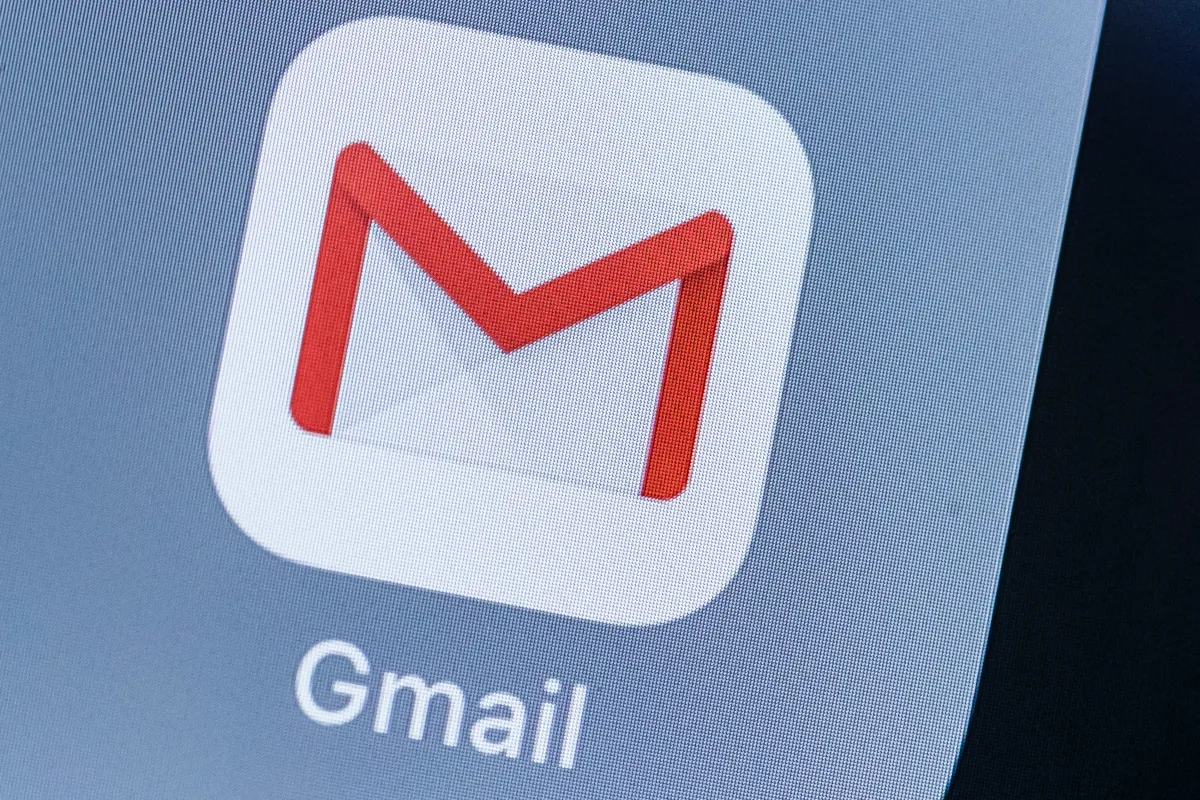

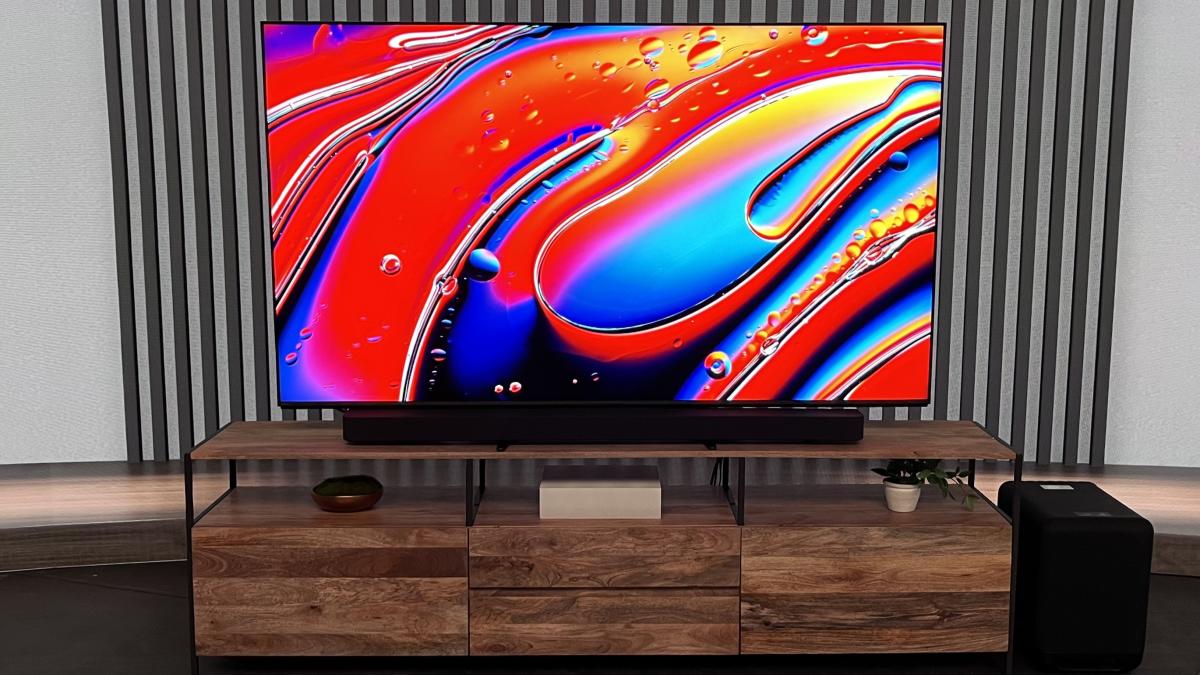
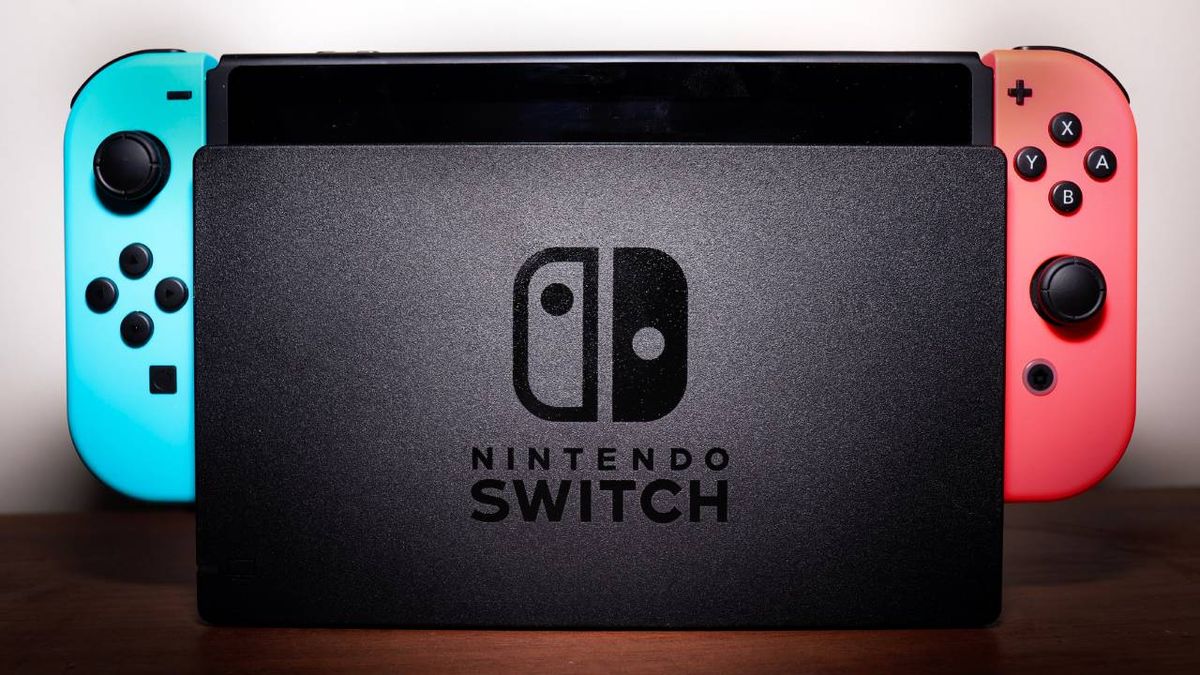
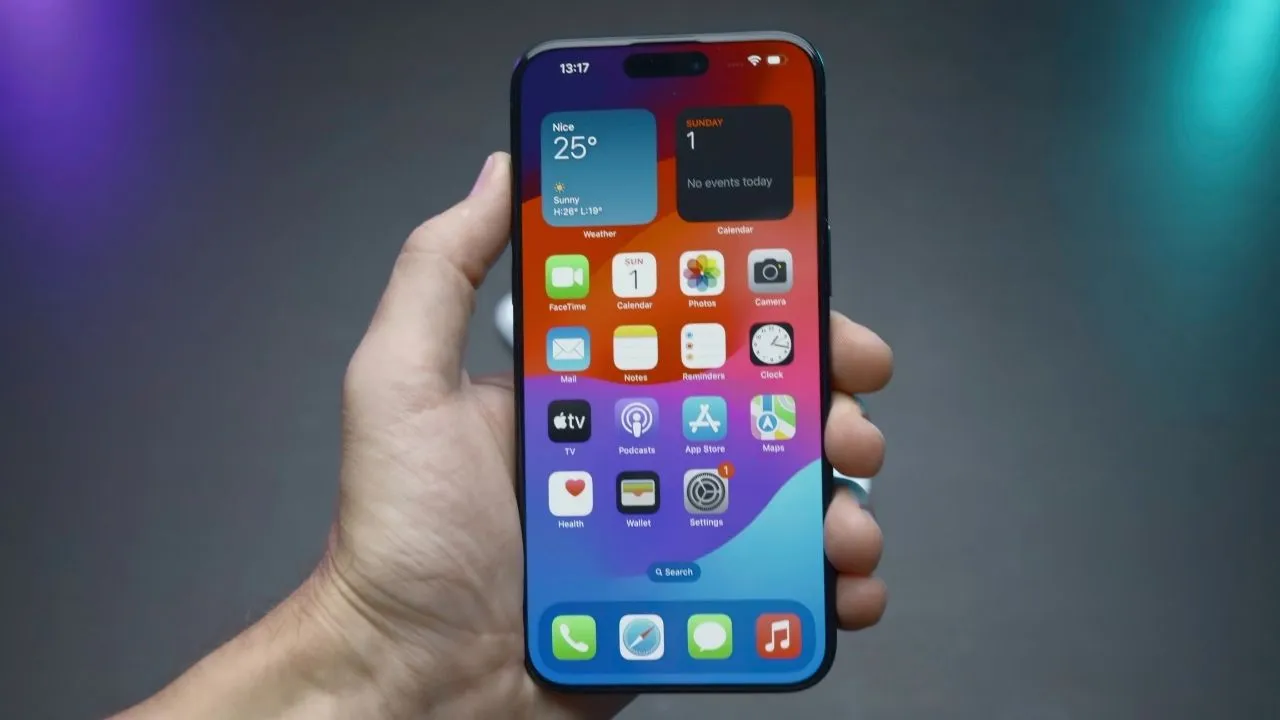
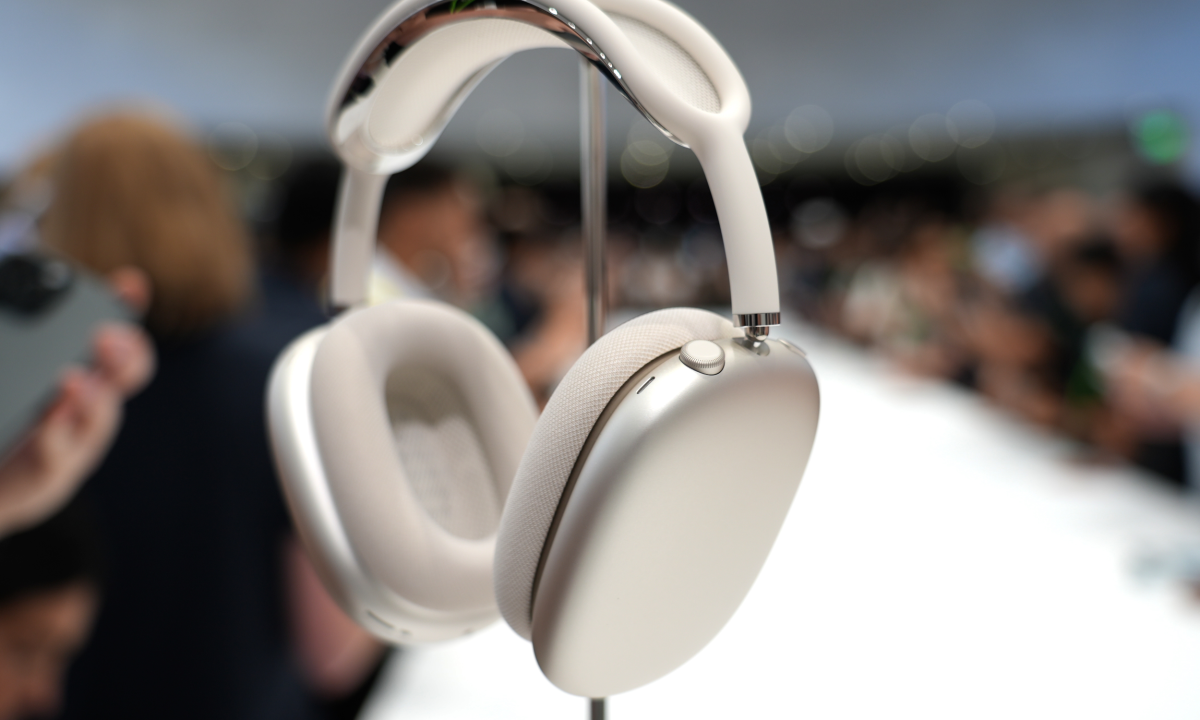
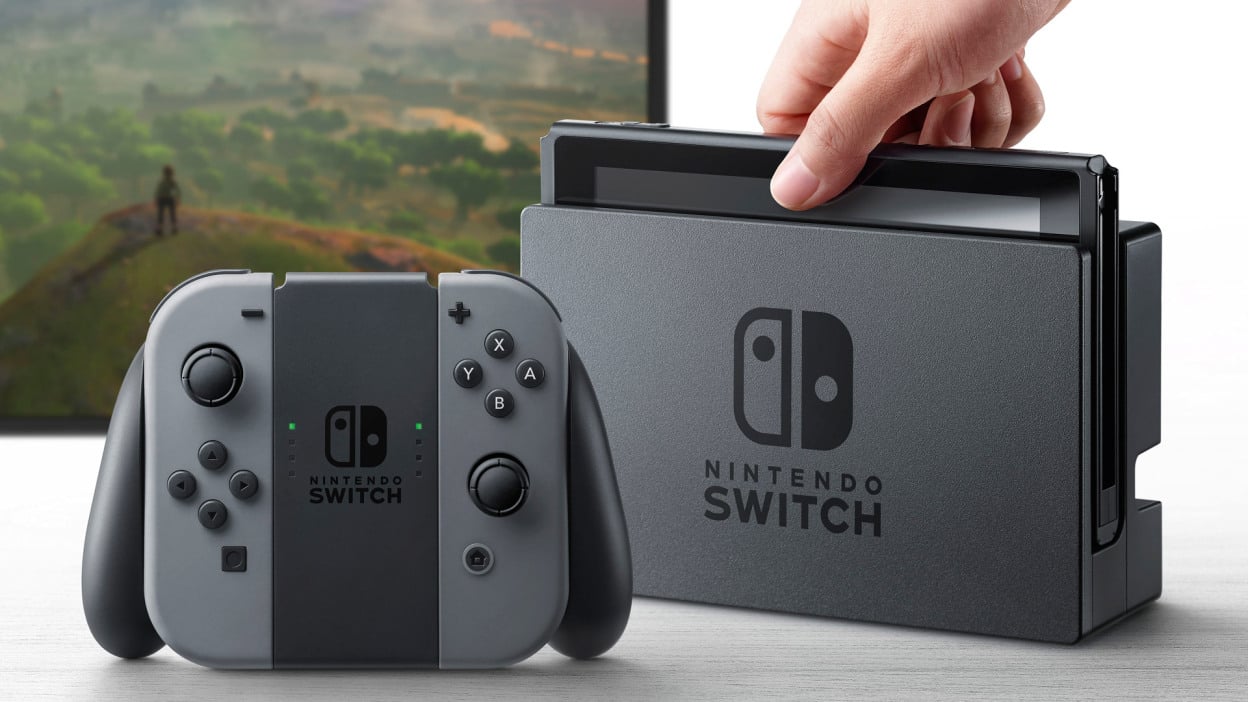
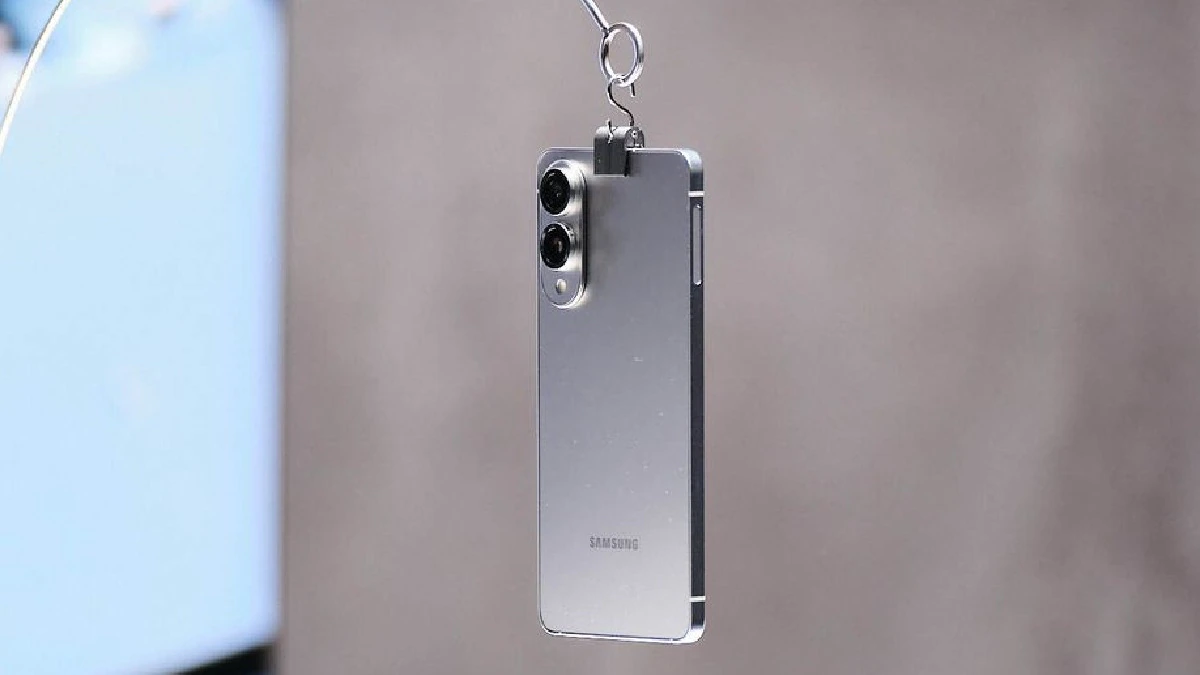
Add Comment